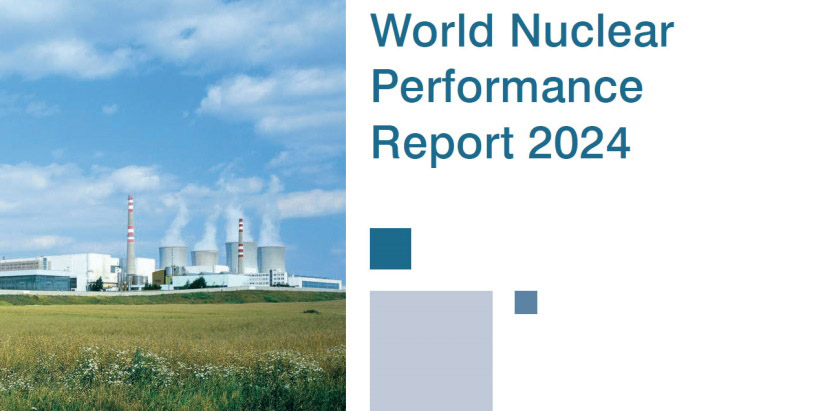European firms partner to explore nuclear for hydrogen production

ULC-Energy, a nuclear development and consultancy company based in the Netherlands, has signed a memorandum of intent with Danish carbon emission reduction technology firm Topsoe and Britain’s Rolls-Royce SMR to investigate the production of hydrogen using Topsoe’s solid oxide electrolysis cell (SOEC) technology and electricity and heat from a Rolls-Royce small modular reactor plant.






